Alright – so today we’ve got the honor of introducing you to Jessica Maison. We think you’ll enjoy our conversation, we’ve shared it below.
Jessica , looking forward to hearing all of your stories today. We’d love to hear about a project that you’ve worked on that’s meant a lot to you.
The Plastic Girl series was one my greatest adventures and challenges. The sisters’ thrilling adventure about the end of our world also had to be a hopeful one about the beginning of a new world. Some people call this genre ecopunk. Some people call it a hopeful apocalypse. Whatever it is called, I do feel like that is where I am right now with climate change and the state of the world. I am very punk about it. And what feels the most punk in the face of all this terror is to be hopeful. We might be experiencing an apocalypse but damn it, I’m going to remain hopeful about our chances. I will never accept defeat, and neither should any of you.
The premise of this book-that a human girl could interactive with a strange new species to create life and heal the planet-was such a wild one that I needed to ground it in science as much as possible. Yet, I didn’t want to remove the magic and wonder of the natural world or the possibility of the divine. I do believe with advances in biotech and in many other fields combined with the natural world’s advanced abilities in adaptability that polylilakes could exist. Still, there is that flash of light that brings it all to life, makes everything click into place that no religion, science, or art has been able to explain exactly. Is it science? Is it God? Is it evolution? Is it magic? That moment is what makes writing science fiction so fun. It’s that secret mechanism that creates new life that we all long to understand and to explain that makes creating worlds like Plastic Girl so thrilling.
Finally, this is very much a story about family and how it is always part of us. My sister and brother helped shape the choices my characters made in this book. The three of us have many things in common but we also have many differences. We each approach the world very differently despite being raised in the same home. And, yes, we do argue about it. And yes, sometimes we aren’t always “good” to each other. But many times, we are, just like the main characters in the book. However, if anyone ever invaded the island, I believe I could count on them to the very end.
Ultimately, the trilogy is about not giving into the worst versions of ourselves so we are able to work together to heal our planet.
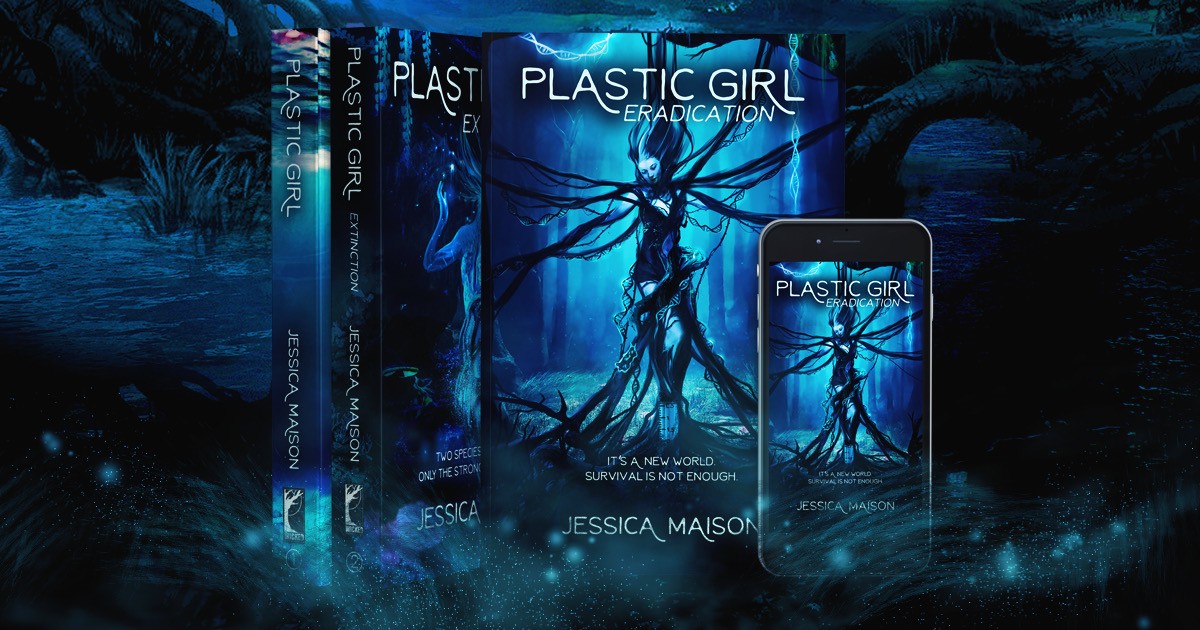
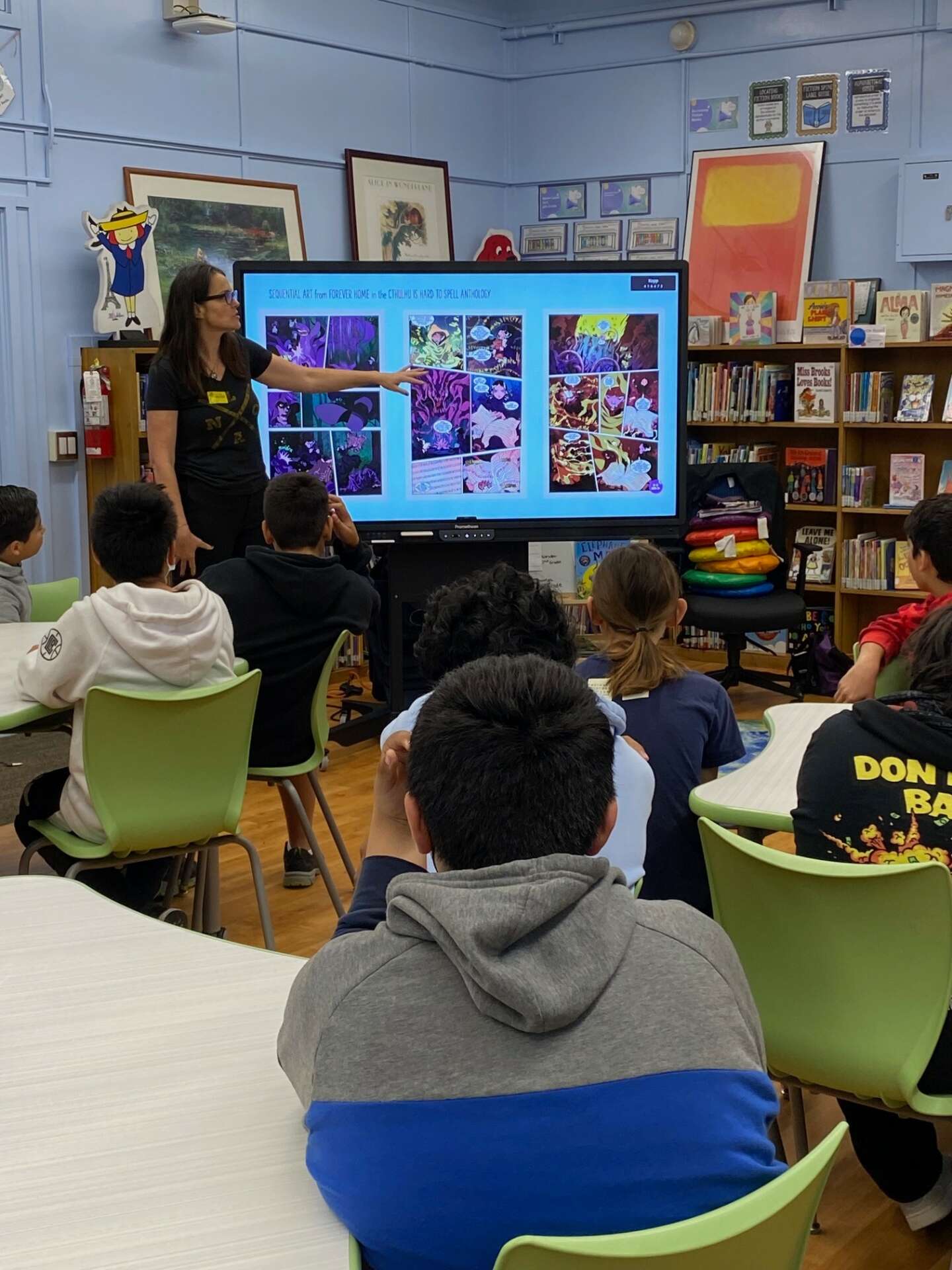
Jessica , love having you share your insights with us. Before we ask you more questions, maybe you can take a moment to introduce yourself to our readers who might have missed our earlier conversations?
I wrote my first short story in ninth grade from a spider’s point of view and was completely hooked on writing ever since. I followed that passion to the University of Michigan where I learned the craft of screenplay writing which brought me to Los Angeles where my first job was at Creative Artists Agency in the book and rights department. I’ve always wanted to be a novelist so working in an environment where books and films collided was exciting. That led me to working in both television and feature film development and writing. I signed with my first agent with a writing partner. At the same time, I was producing indie films. Eventually, I co-directed a feature film and decided to jump into writing novels and comics. Owning my intellectual property was number one for me as I began pursuing this second career, so I founded my own small publishing company, Wicked Tree Press. Plastic Girl, my YA sci-fi novel trilogy set in the climate apocalypse allowed me to explore my fears and hopes around the climate crisis as well as provide workshops with young people on the topic in local libraries and schools. Workshops are a core component of the writing I do. Writing and publishing the book is only half the work. Engaging and connecting with readers is just as important. I’m very proud of Plastic Girl and the message that it sends to young and old readers. The company’s first graphic novel series is Mary Shelley’s School for Monsters and has had two very successful Kickstarters. It is written by me and illustrated by Anna Wieszczyk. The story is inspired by the life of Mary Shelley as well as my own passion for monsters. Being able to collaborate with a creative team to bring a world as immersive and vast as this one has been one of the most amazing things I’ve done to this point. The next comic in the series is coming to Kickstarter in March, and the monster crew is going to travel to The Arctic and Japan for their most important monster rescue yet.
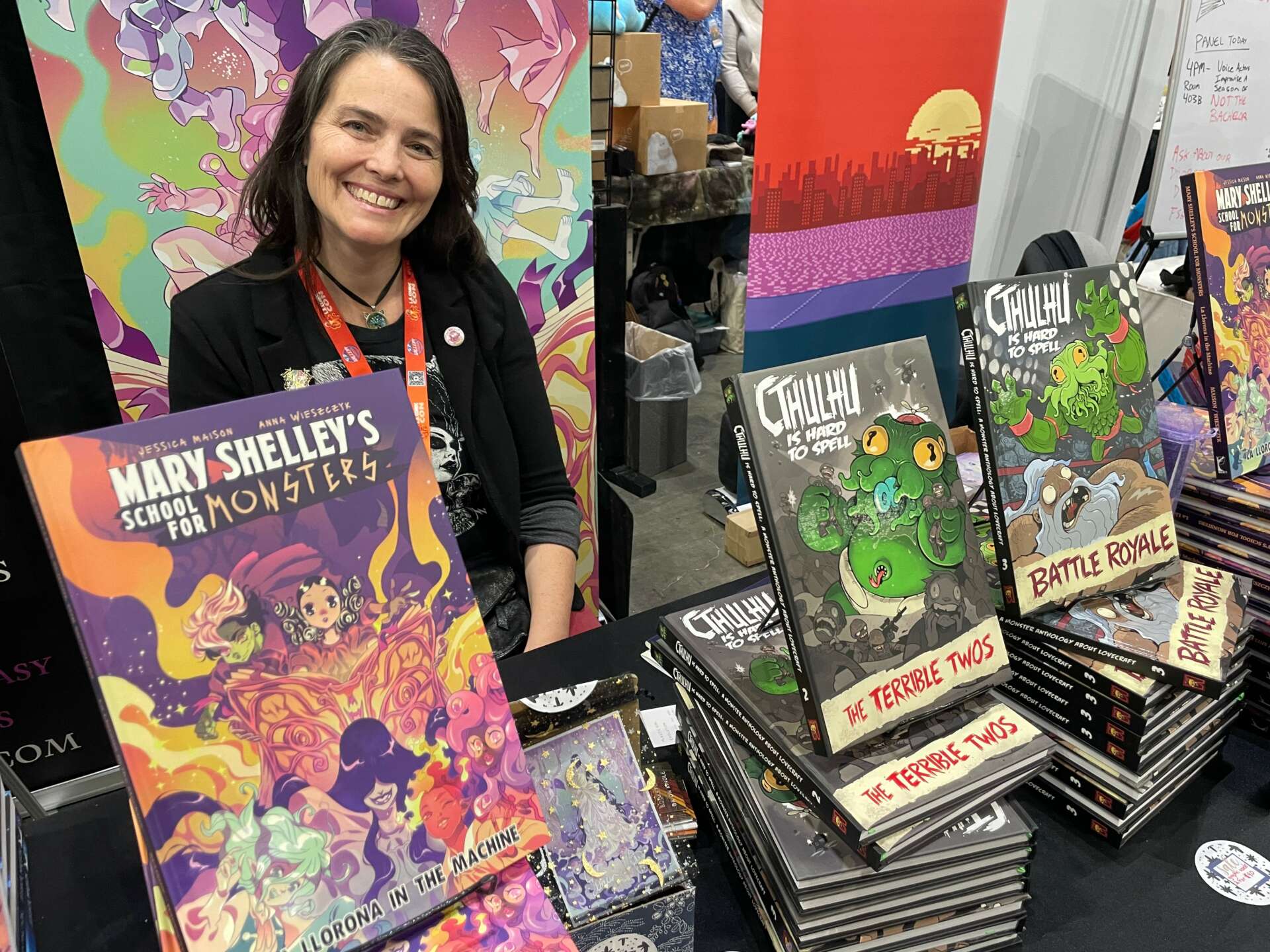
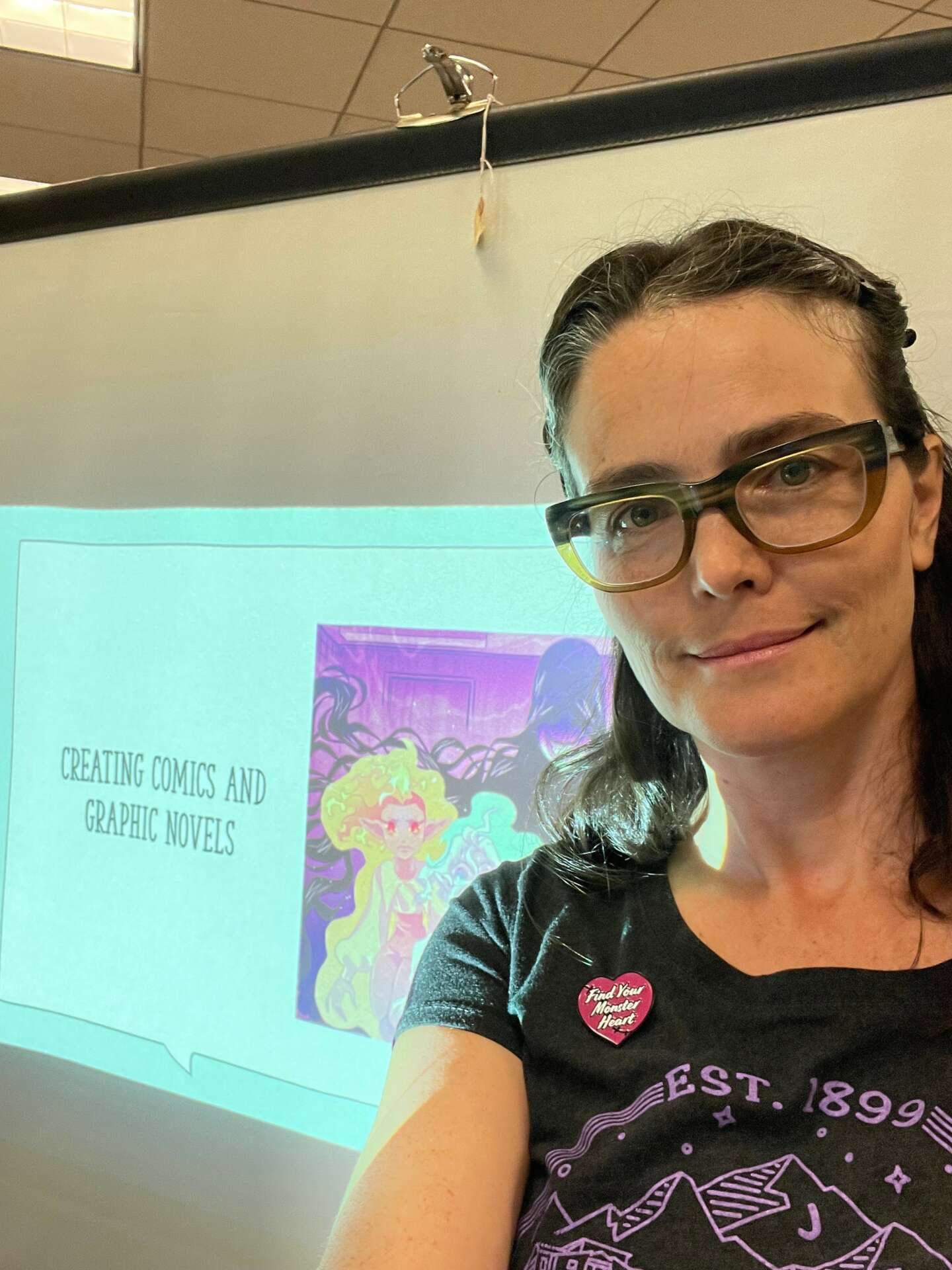
Is there something you think non-creatives will struggle to understand about your journey as a creative?
One thing that can be very frustrating for those of us who have chosen creative careers is how non-creatives try to measure our careers by the same metrics they measure their own careers. There are traditional roadmaps for creatives to build a successful and financially stable career but those maps don’t always work for every creative, and they are continuously shifting and changing, even more rapidly since A.I. has taken its place front and center. It is particularly difficult for those of us who leapt off the traditional map to course a whole new, unconventional way into uncharted waters. This just seems scary to most people. It’s scary to us. It is also hard to demonstrate success to those not traveling in those waters. I think one of the best things a non-creative can understand is that artists or writers have several benchmarks of success. First, we must create the thing – a book, a comic, a film, a piece of art. That is success. That is the primary function of a writer and artist. Then, we must engage with an audience and make sure that thing speaks to them, no matter the size of that audience. That is another success. It would be nice if that was where our work ended and the money to pay our bills appeared. That is often not the case. So, finally, if you living in a capitalist society, you must make money on the thing. Now, many writers and artists, will never make enough money on the thing for non-creatives to consider it a success. But making that type of money, if the creative achieves it, would be their third success. That third success takes other professional skills, like marketing, design, self-promotion, social media managing, and more. This is another part-time or full-time job for the creative. These are not the skills creatives went to school for, and many of them have to learn them on their own. Creatives are juggling so many things and wearing so many hats at times, it can make them feel fragmented. Creative professionals are often working two if not three jobs to make their dream a reality. It’s really incredible how many creatives stick with their journey especially when society wants to pay them less and less for what they do but still want to hang beautiful art, watch incredible films and T.V. series, and read innovative comics and books.


What’s a lesson you had to unlearn and what’s the backstory?
I am the type of person who has a hard time accepting help. I am a giver my nature so it is hard for me to receive. I always thought I had to figure things out on my own. It took me years to realize, I need and deserve mentors. I think when I was young, I had a hard time finding and trusting mentors. Finding and trusting the right mentors is incredibly important. I still have to remind myself every day that everyone has something to teach me. I wish when I was younger, I had been more open to that type of relationship.
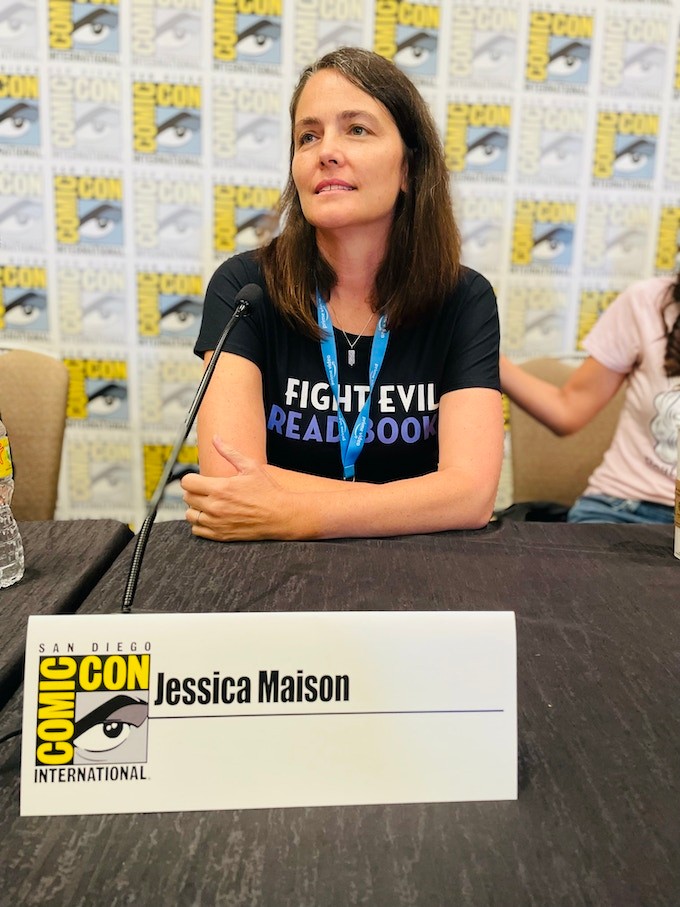
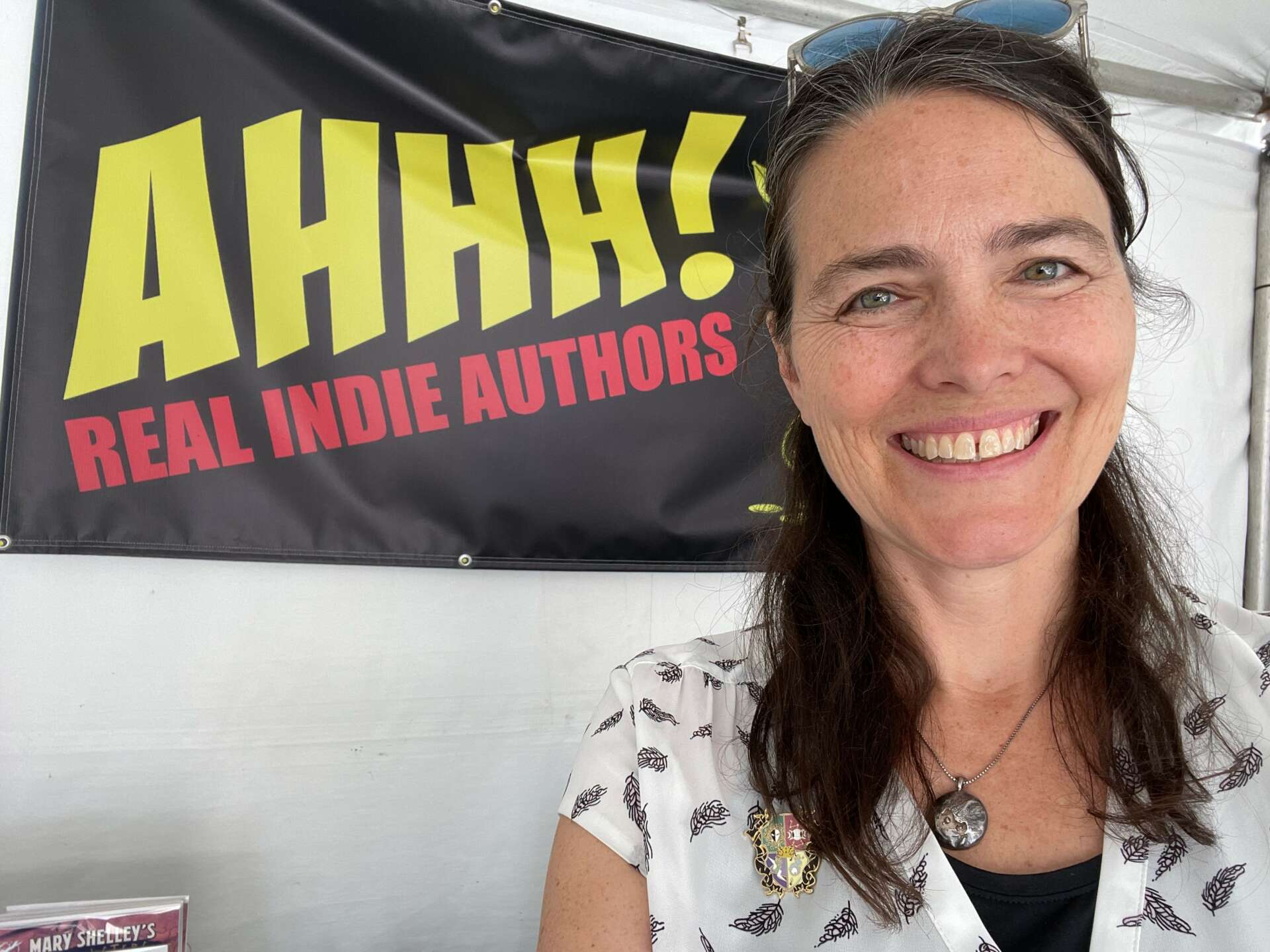
Contact Info:
- Website: https://wickedtreepress.com
- Instagram: https://www.instagram.com/wicked_tree_press/
- Facebook: https://www.facebook.com/wickedtreepress/
- Linkedin: https://www.linkedin.com/in/jessica-maison-judd-0a117b298/
- Twitter: https://twitter.com/jessistarjudd
- Other: https://substack.com/@jessicamaison
Image Credits
Michael Judd for photo credits except for workshop pic which is Jessica Kopp Anna Wieszczyk for Mary Shelley’s School for Monsters cover art Loni Watson for Pistil cover art Leraynne for Plastic Girl cover art and graphic


